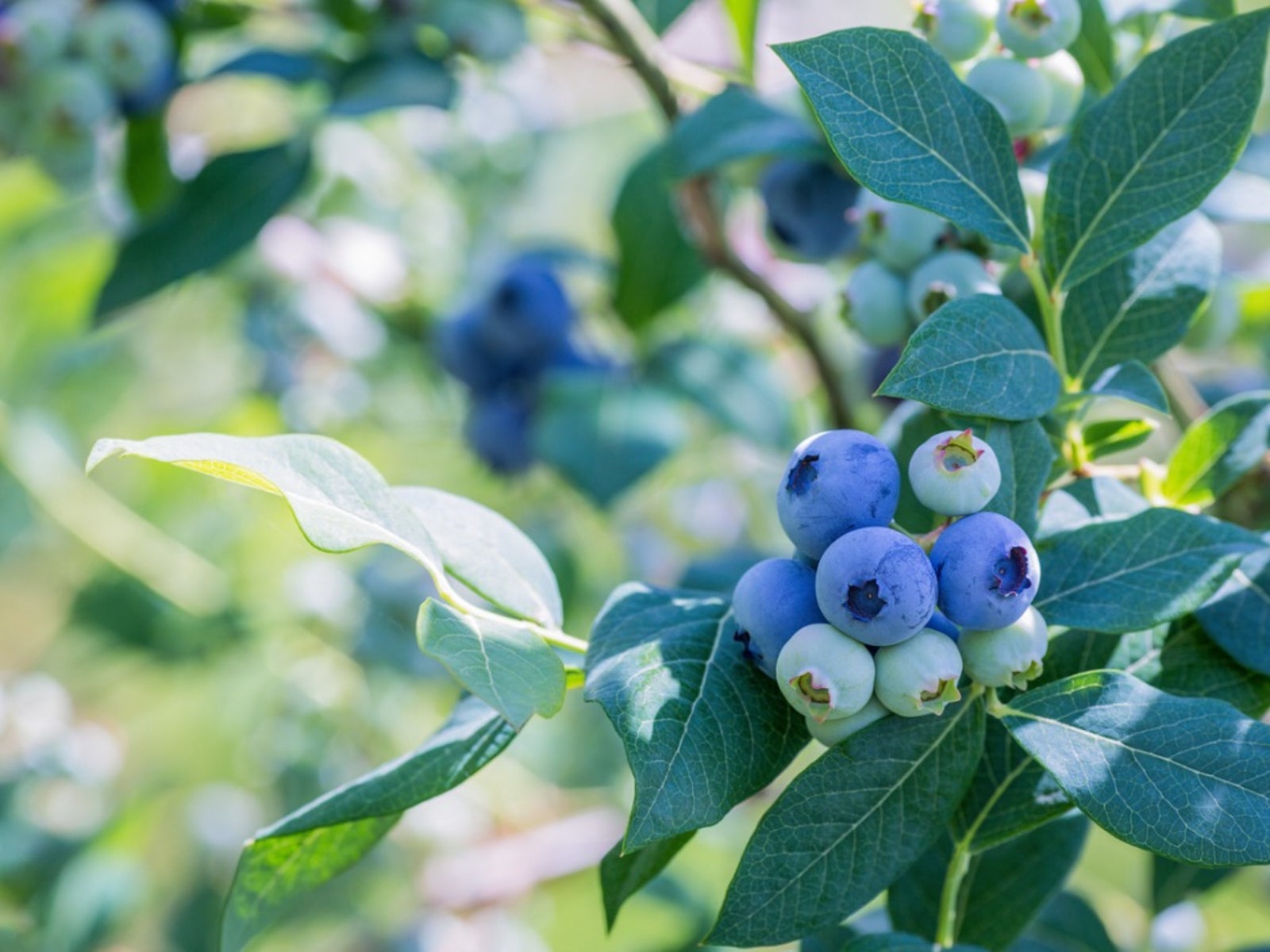Blueberry Botrytis Blight Treatment – Learn About Botrytis Blight In Blueberries


What is botrytis blight in blueberries, and what should I do about it? Botrytis blight is a common disease that affects blueberries and a variety of other flowering plants, especially during extended periods of high humidity. Also known as blueberry blossom blight, botrytis blight is caused by a fungus known as Botrytis cinerea. Although eradicating blueberry bloom blight is unlikely, you can take steps to manage the spread. Read on to learn more.
Symptoms of Botrytis Blight in Blueberries
Recognizing blueberry with botrytis blight can help some, but prevention is always the best line of defense. Blueberry blossom blight affects fruit, blossoms, and twigs. All plant parts can be covered with a hairy, gray fungal growth, and tips of shoots may appear brown or black. Infected flowers take on a brown, water-soaked appearance, which can spread to the twigs. Unripe fruits shrivel and turn bluish purple, while ripe berries are tan or pale brown.
Preventing Blueberry with Botrytis Blight
Plant blackberries in light, well-draining soil and ensure plants are exposed to direct sunlight. Also, provide adequate spacing to allow for air circulation. Avoid overfeeding blueberry plants. Thick, lush foliage takes longer to dry and increases risk of disease. Water blueberries with soaker hoses or drip irrigation systems. Irrigate in the morning to allow sufficient time for leaves to dry before nightfall. Spread a generous layer of mulch around plants to create a protective barrier between the fruit and the soil. Reapply as needed. Practice good weed control; weeds limit air movement and slow drying time of blooms and fruit. Keep the area clean. Prune blueberries when the plants are dormant. Remove old canes, dead wood, weak growth, and suckers.
Blueberry Botrytis Blight Treatment
As previously stated, controlling blueberry botrytis blight is best done through prevention. That being said, fungicides may be effective when used in conjunction with the above preventive steps. Consult your local cooperative extension office for detailed information. Use fungicides judiciously, as the fungus that causes blueberry blossom blight may become resistant when fungicides are overused.
Sign up for the Gardening Know How newsletter today and receive a free copy of our e-book "How to Grow Delicious Tomatoes".

A Credentialed Garden Writer, Mary H. Dyer was with Gardening Know How in the very beginning, publishing articles as early as 2007.